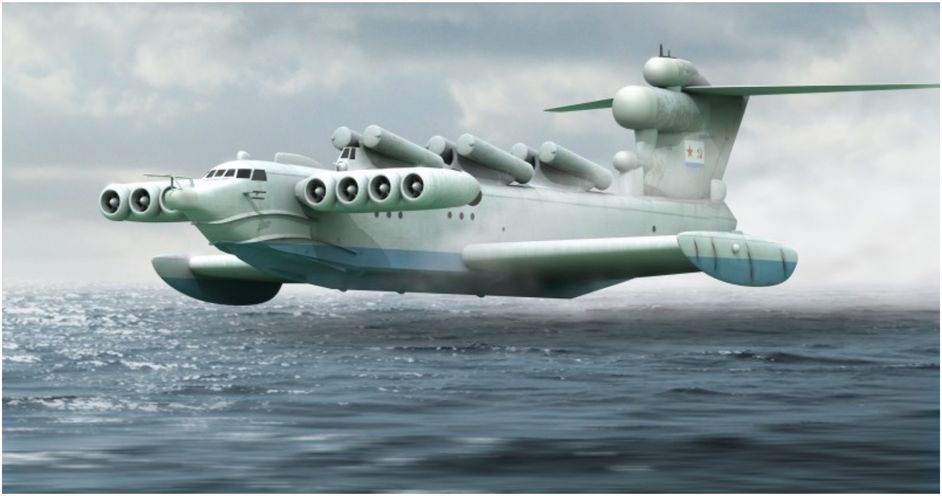Having been able to offer flights in some amazing aircraft such as the Mach 2.8 monster Mikoyan MiG-25 Foxbat, we at MiGFlug always had a soft spot for the fantastic Soviet creations that saw the daylight. After all, the interest in that stuff and all related to Cold War has started the process that in the end brought us the rather odd business we are having today. At times one could think some of the Soviet engineers got their primary inspiration from the drawings of their kids. So much fantasy, such crazy concepts. Bigger is better. Often very futuristic, with meanwhile some added rust, a combination that also in architecture leads to the special eastern charm. Since we know that it is not just us but also many MiGFlug customers and followers that share our interest in those creations from another world, we want to share this video with you:
BE A FIGHTER PILOT FOR A DAY!
Neueste Beiträge
Archive
- Juli 2023
- Juni 2023
- Januar 2022
- Januar 2020
- Januar 2017
- Dezember 2016
- Oktober 2016
- September 2016
- August 2016
- Juli 2016
- Juni 2016
- Mai 2016
- April 2016
- März 2016
- Februar 2016
- Dezember 2015
- November 2015
- Oktober 2015
- September 2015
- August 2015
- Juli 2015
- Juni 2015
- Mai 2015
- März 2015
- Februar 2015
- Januar 2015
- November 2014
- Oktober 2014
- September 2014
- August 2014
- Juli 2014
- Juni 2014
- Mai 2014
- April 2014
- Februar 2014
- Januar 2014
- Juni 2013
- Dezember 2012
- November 2012
- Oktober 2012
- September 2012
- Oktober 2011
Kategorien
Tags
Aircraft
Aircraft Carrier
Aircraft Carriers
avgeek
avgeeks
Aviation
Blackbird
Carrier
Combat
edge of space flight
f-15
F-18
F-22
F-22 Raptor
F-35
F-35 Lightning II
Fighter Jet
Fighter Jet Rides
Fighter Jets
Hawker Hunter
Hawker Hunter Flight
Jets
Lockheed
Lockheed Martin
Mach 3
MiG
MiG-15
Mig-29
MiG-29 flight
MiG-29 Fulcrum
MiG 25
mikoyan design bureau
Mikoyan Gurevich
Military
Photography
rafale
Russia
SR-71
Stealth
Sukhoi
Top Gun
USAF
USS Nimitz
USSR
World's fastest


Neueste Kommentare